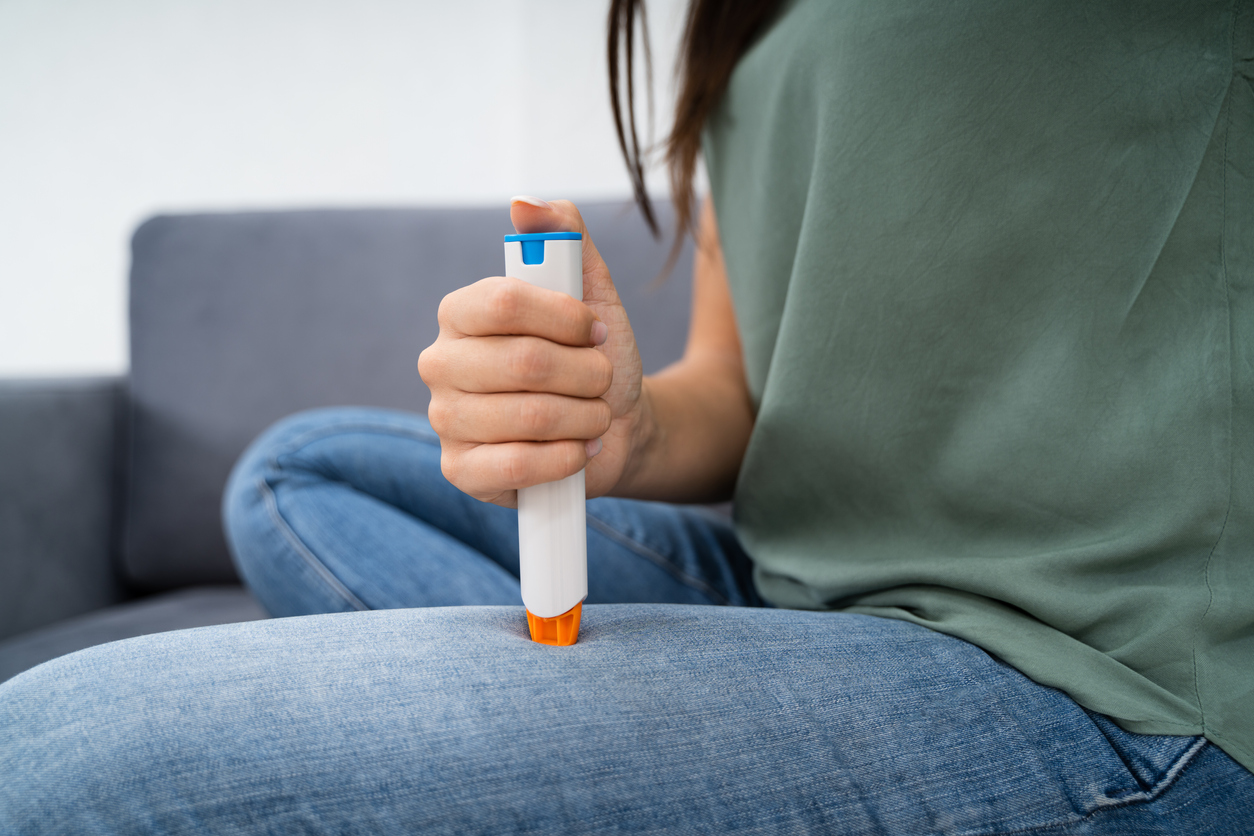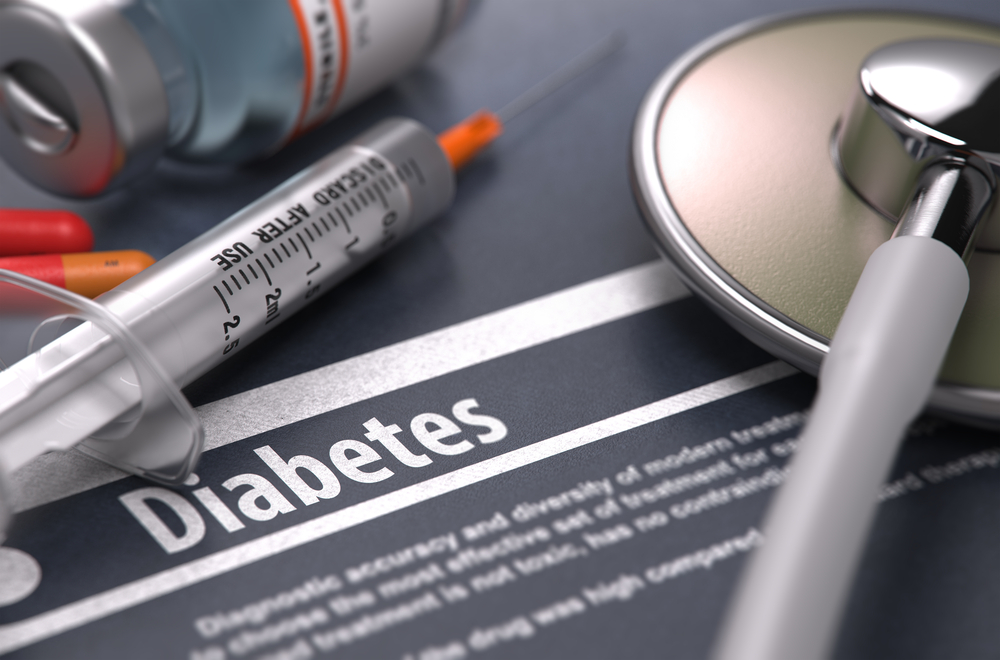Recently Published Articles

Top 5 Life-Enhancing Medical Devices
Chloe Adams
Education
Trending Topics
Medical Device
— 2 minute read

Emerging Therapeutics: The Cell Therapy Boom
Andrea Hecker
Education
Pharmaceutical and Biologics
— 5 minute read
Contact Us
CONTACT US
CHAT


